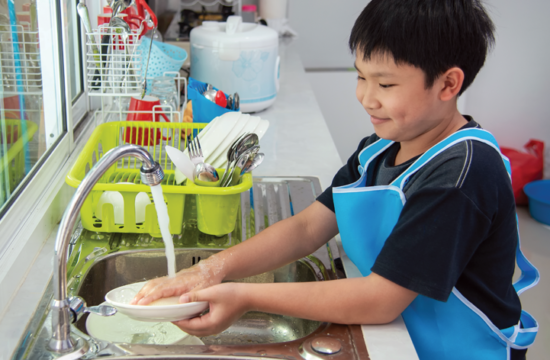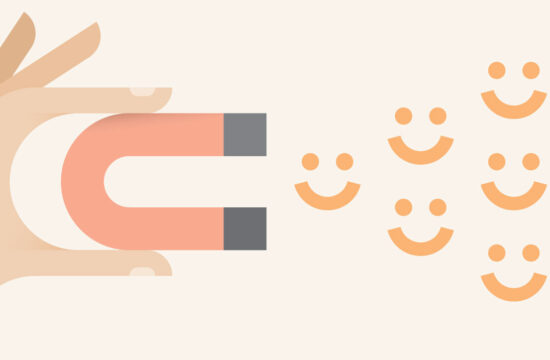By Bernard Riola, M.D.
Pediatrician KVMH Waimea
Alumnus Saint Theresa School
Empathy is the ability to share experiences, needs, and desires between individuals, and a child who learns empathy truly cares about the way his or her actions impact others. Learning empathy provides the emotional bridge to maintain close and healthy relationships.
The most important way to teach children empathy is to have them experience empathy from their parents, and that starts with how parents deal with their children’s emotions. Feelings of anger, sadness, and fear often start with a problem, and as parents our first instinct is often to fix the problem. For example, for a child being teased, breaking a toy, or running from a spider, a parent might try to rescue a child from the problem, such as squashing the spider or buying a new toy. However, this takes away a chance for the child to learn independence and problem solving. Another mistake is to convince the child that he or she is wrong: “Spiders aren’t scary.” or “If they tease you, they must be jealous.” The worst thing you can do is to tell the child to ignore his or her feelings by saying things like “You’re too sensitive” or “It’s no big deal.”
What a child needs from their parents is empathy, and acknowledgment of his or her feelings. Look at your child and hold them close, and even hug them. “I can see that you are hurt. I’m here for you. I get it.” Honor a child’s feelings. This allows the child to feel understood, more connected to the parent and less alone. It also empowers the child to carry on and possibly figure out a solution. The natural progression of empathy is compassion, where you try to help by working together. Notice that you do not simply fix the problem yourself. Instead, work together with your child to find solutions.
It is also important to distinguish showing empathy versus sympathy. Sympathy is having pity and sorrow for another, and this can lead to a sense that the parent is superior and the child is inadequate. Telling a child, “I’m sorry you feel that way. I hope you get better,” might teach the child to play as a victim when something goes wrong, or to have pity on others.
Beyond modeling empathy and having empathy for your children, there are other techniques to teach empathy to children based on their development and age:
2-4 years olds – Younger children might have difficulty understanding what emotions are. So stick with helping them understand their own emotions, and how they tie into their behavior. “You’re stomping around and frowning. You must be feeling angry.” You could also cut out faces or print pictures of people displaying sad, angry, or happy faces to review with your child.








